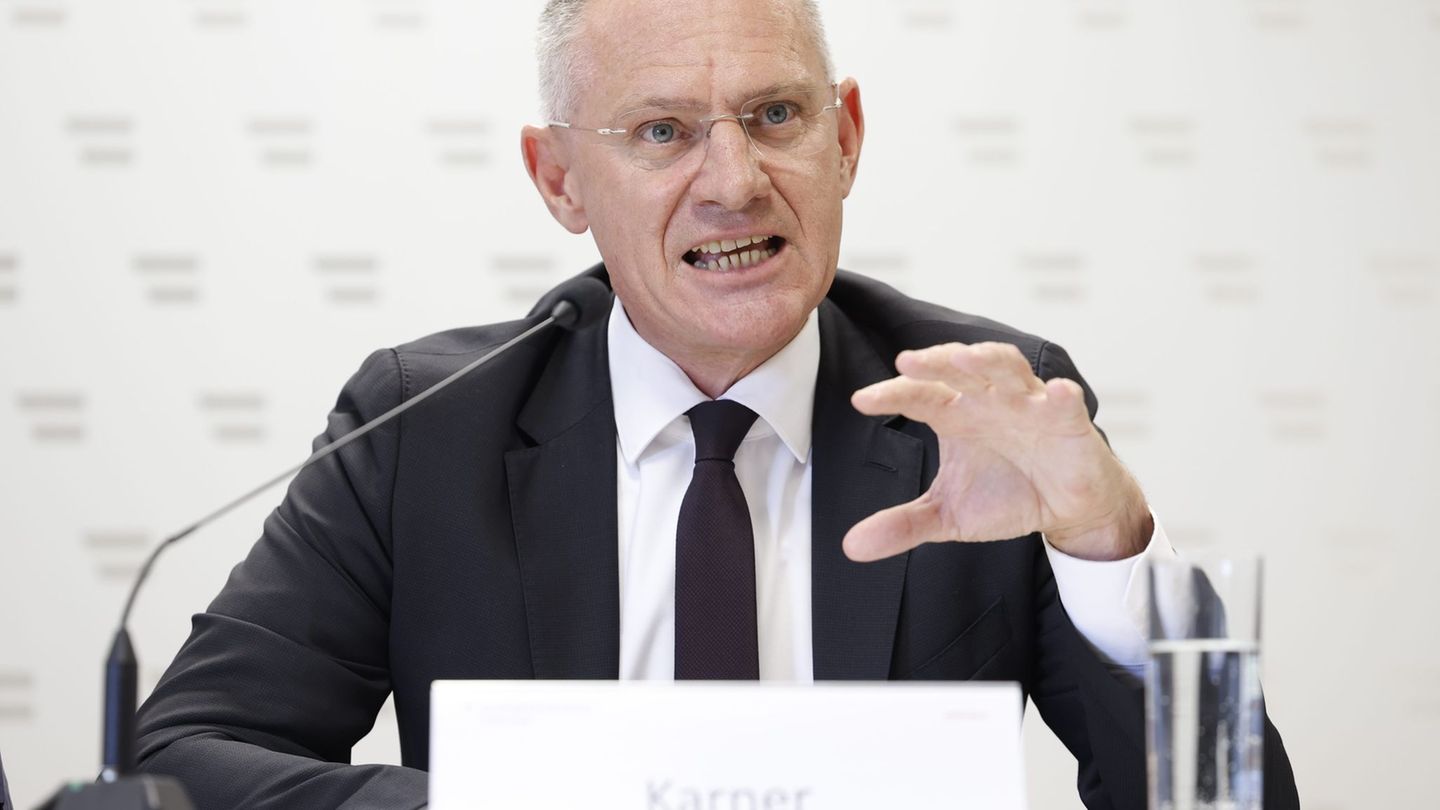Argentina lives trapped in a cycle of economic crises that seem to repeat with almost mathematical precision. In 2000, the government of Fernando de la Rúa, with its Minister of Economy, José Luis Machinea, implemented a “financial armor” plan of more than 21.5 billion dollars to avoid an economic collapse. It was ensured that capital injection would guarantee stability, restore market confidence and open the doors of sustained growth. However, in just One year, the country entered defaultthe government fell and the worst crisis in modern history whipped the Argentines.
Twenty -five years later, in 2025, Argentina’s economic situation is again on the edge of the abyss. The debt has shot at critical levels, access to international financing is unknown, there are contradictions between the government and the IMF and, it is uncertain. Government measures repeat the same errors as the past: the adjustment begins to be inefficient, there are promises of financial rescue and a commitment to the confidence of the markets that does not seem to be reflected in the real figures. The question is inevitable: are we in the prelude to a new economic collapse? And more importantly, have we learned something of our recent history or are we destined to stumble with the same stone?
On November 10, 2000, the Argentine government announced a package of tax reforms with the aim of improving the consolidated fiscal situation. However, the strategy presented significant risks:
Despite the official ads on an imminent agreement with the IMF to guarantee a “2000 financial armor”, the market was still attentive, as it happens today.
Details of the “Financial Armored 2000”
Minister José Luis Machinea estimated that the aid package would reach 21.5 billion dollars, although it was subsequently leaked that the figure could reach 31,000 million dollars. Of this total, 18,000 million would correspond to external financing, including:
- IMF: 14,000 million dollars (7,200 million of the stand-by agreement that was in force and 6,800 million of the supplement reserve facility).
- World Bank: 1 billion dollars.
- IDB: 2 billion dollars.
- Government of Spain: 1 billion dollars.
The remaining 13,000 million would be internally financed, with 10,000 million from local banks and 3,100 million of the AFJP.
The contribution of local banks
Local banks promised to contribute 10,000 million dollars, although 5,000 million corresponded to the renewal of Letes, usually considered automatic. The remaining 5,000 million included 3.1 billion in public bonds amortization, 1.2 billion in interest payments and just 700 million in new placements.
In a financial stability scenario with deposits growing at 7% per year, the contribution of the financial system would increase by 4.8 billion dollars, minimizing the risk of a credit displacement effect to the private sector.
Financing and perspective needs
For 2001, Argentina faced financing needs for 21.9 billion dollars (14,000 million in debt amortization, 6,500 million per fiscal deficit and 1,000 million in other concepts). The net financial armor, discounting the renewal of Letes, reached 26,000 million dollars, which in theory was sufficient to cover all the needs of the year.
However, the effectiveness of the armor depended on access to international markets. In case of difficulties, the government could resort to strategies such as collateralized bonds with world bank guarantees or greater use of external funds.
The situation had parallels with the current one: the financial indicators of 2025 have even more critical levels, with a high debt and an economic team with less margin of maneuver. In that December 2000, then President Fernando de la Rúa celebrated financial armor as a definitive solution. Just a year later, on December 20, 2001, he resigned in the midst of an unprecedented crisis.
Legend seems to be repeated, but with an even more fragile economy and more complex challenges than then.
Argentine history has shown us that market confidence is not bought with promises or with financial palliatives. In 2000, Machinea’s armor was celebrated as a shield that would protect the national economy. A year later, the crisis broke out with unprecedented brutality. In 2025, red numbers are even more alarming, the margin of maneuver is narrower and international trust is at its most fragile point. Can Argentina avoid repeating the same destination or are we facing an announced catastrophe?
The big mistake of financial armor It was not only his inability to solve the structural problems of the country, but the false sense of security it generated. At present, we see the same phenomenon: stability ads while the numbers show otherwise. The difference is that today the situation is even more serious. The indebtedness is greater, and has begun a constant reservation drop. If in 2001 the crisis took many by surprise, in 2025 the story gives us all the warning signals. Ignoring them is not an option.
If there is something that the collapse of 2001 taught us is that Magical solutions do not exist. A country that does not face its background problems is condemned to repeat its history, again and again. Argentina is at a historical crossroads: either learns from its mistakes and takes real measures, or prepares for a new economic baton that, this time, could be even more devastating than that of 25 years ago.
Director of Esperanza Foundation. Postgraduate professor at UBA and private universities. Master in International Economic Policy, Doctor of Political Science, author of six books.
Source: Ambito
David William is a talented author who has made a name for himself in the world of writing. He is a professional author who writes on a wide range of topics, from general interest to opinion news. David is currently working as a writer at 24 hours worlds where he brings his unique perspective and in-depth research to his articles, making them both informative and engaging.




